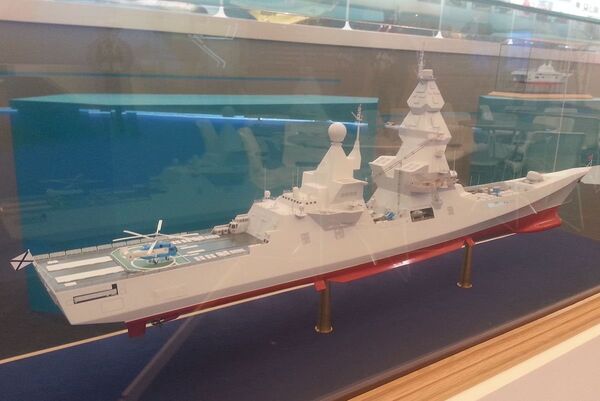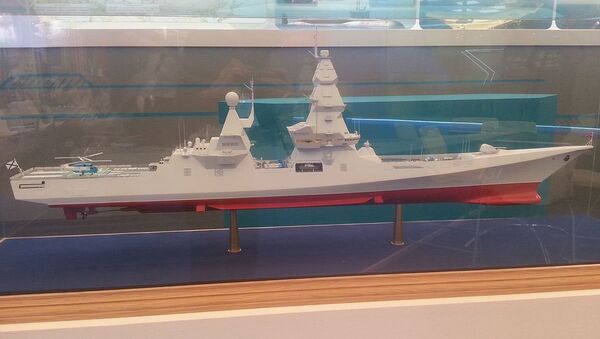National Interest defense editor Dave Majumdar identified the development of the new 'Leader' nuclear-powered destroyer, a new class of nuclear attack submarines, a non-nuclear submarine, investment in railgun and laser technology and personnel reforms as the key new revelations of the US report.
Russia plans to develop a high-energy laser weapon with anti-satellite and cruise missile defense capability, the US Navy report writes, and is working on the weaponization of its laser energy systems.
"Russia maintains a mid-term high-energy system of chemical and gas lasers and solid-state lasers as medium-energy systems."
However, the report writes that Russia faces a challenge in weaponizing lasers, which involves "combining the beam into a solid state, which is dependent on its quality as well as atmospheric compensation. These systems require a high quality of manufacturing using mirrors, lenses, and exotic laser materials like diodes and non-linear optical crystals."
In addition to lasers, "electro-dynamic gun systems are being developed that use electrical energy for 2,000+ m/s muzzle velocity. The near- and mid-term combustion-based technologies are a transitional step to the creation of a railgun."

The project comprises part of Russia's naval development program until 2050, and the ships are expected to replace Sovremennyy class or Udaloy class destroyers.
In January 2013, the Yuriy Dolgorukiy, the first unit of Dolgorukiy class nuclear-powered ballistic submarines, entered into service with the Russian Fleet, followed by the Aleksandr Nevskiy in December 2013. Three more units are either under construction or in testing, and eight more units are to be delivered by 2020.

The National Interest also drew attention to work on a future non-nuclear submarine that uses air-independent propulsion (AIP), which is being developed under the name 'Kalina.' The research phase of Kalina's development at the Rubin Design Bureau was finished in December 2014, and the first unit is expected to be ready soon after 2020.




